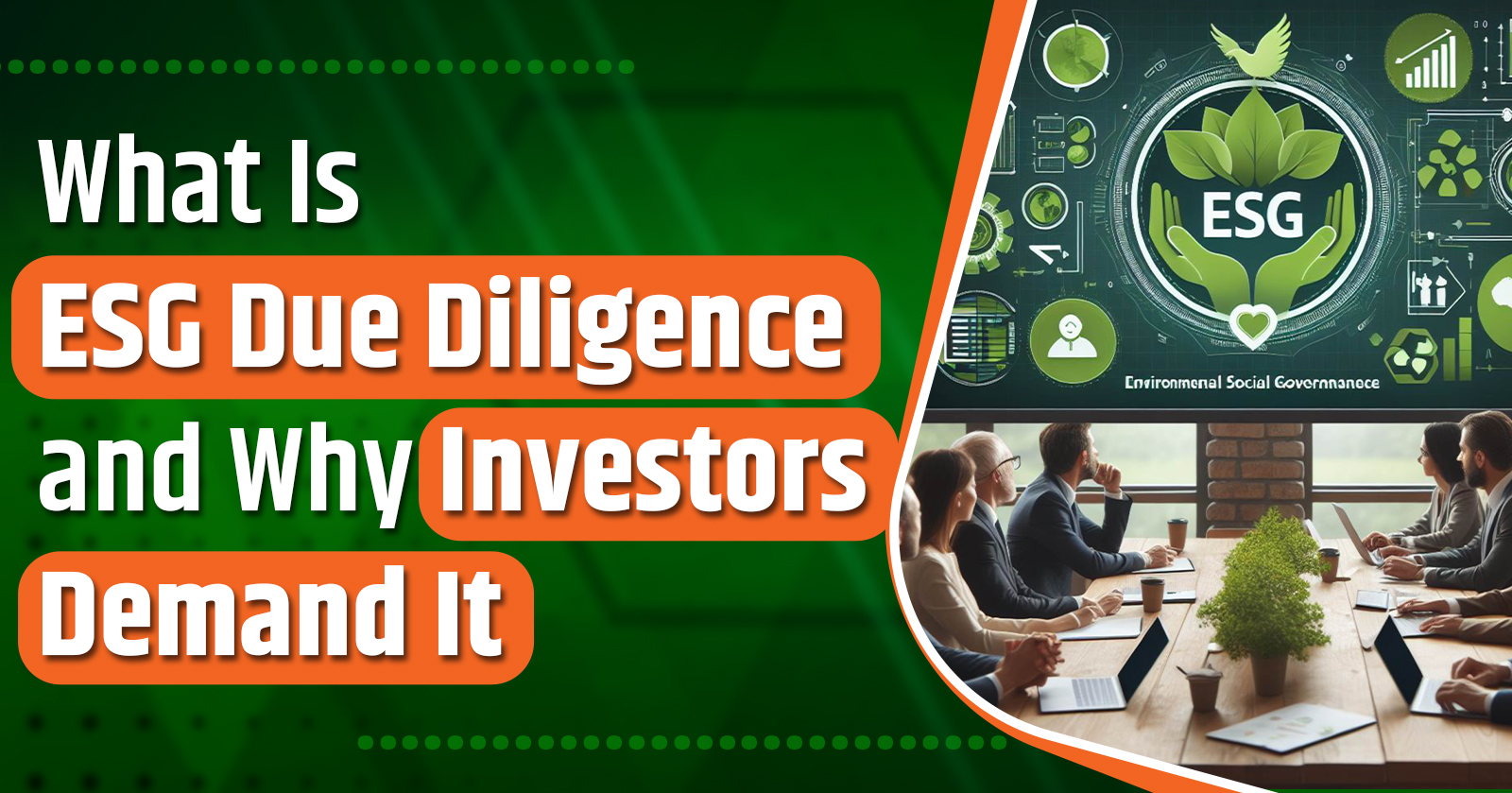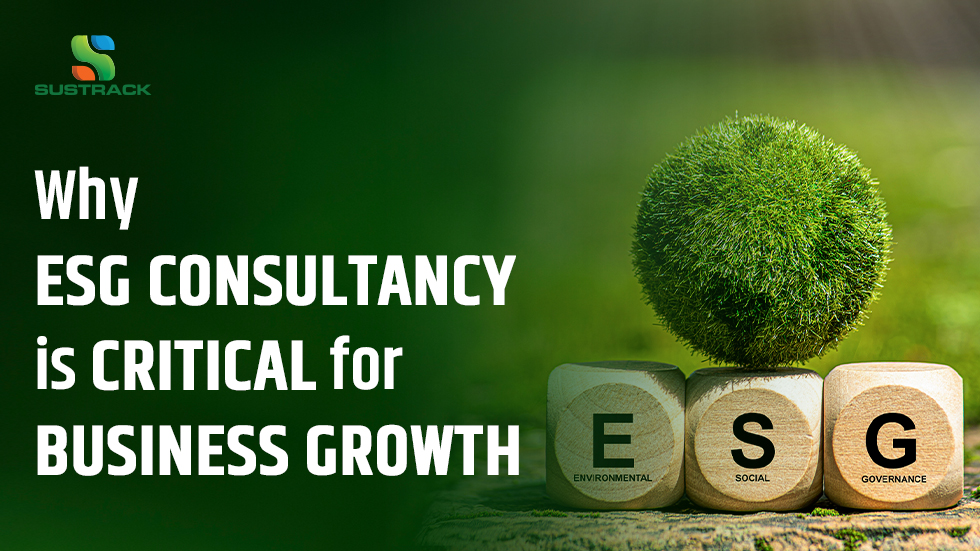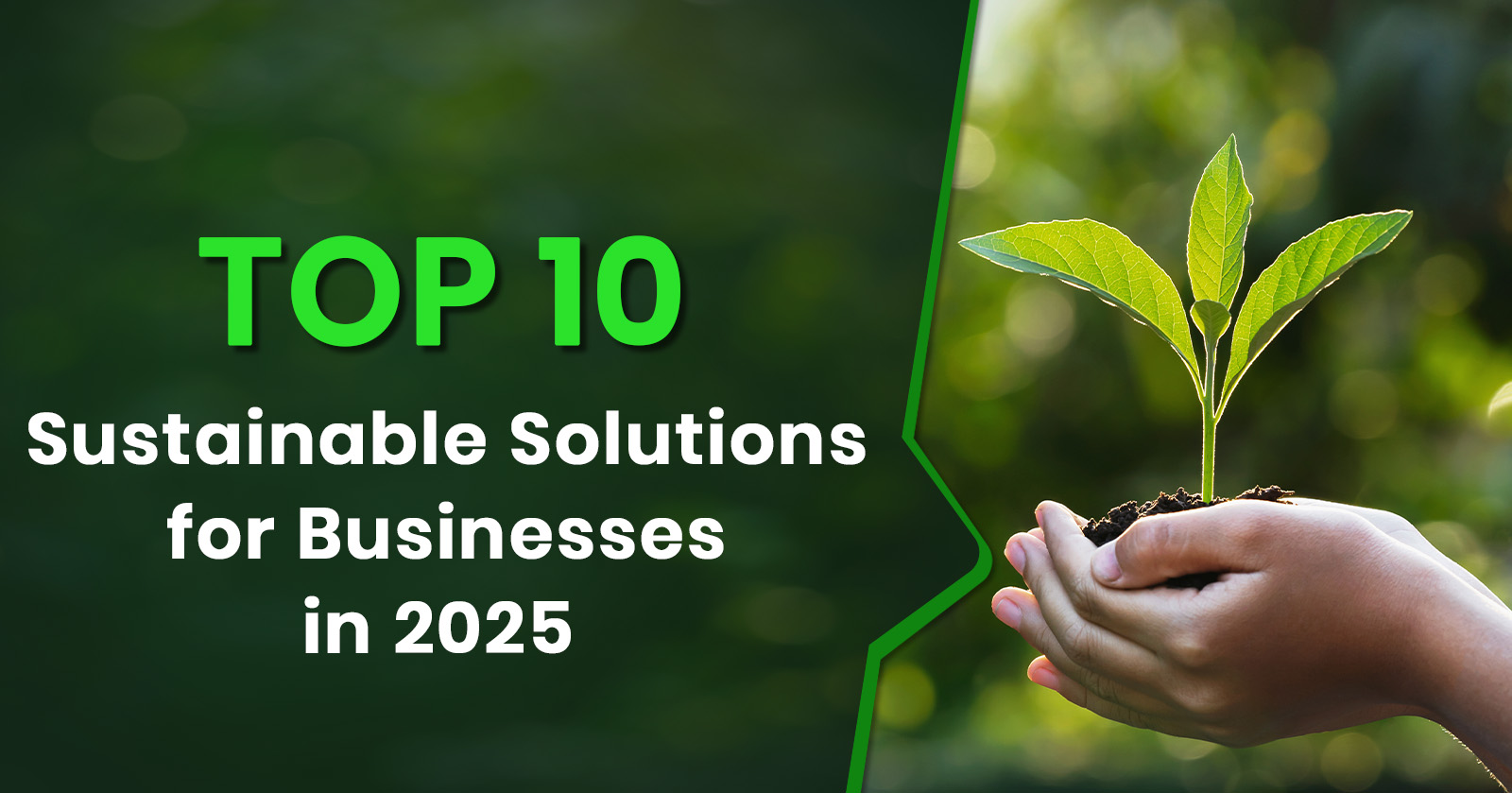What Is ESG Due Diligence and Why Investors Demand It?

Investment Landscape, financial returns alone no longer define a good deal. Investors & regulators want assurance that the companies they back are not only focused on profits but also are sustainable, ethical, and resilient. This is where ESG due diligence comes in, an essential process that evaluates a company’s Environmental, Social, and Governance practices before capital is committed. ESG due diligence helps investors identify hidden risks, uncover long-term value drivers, and ensure alignment with global sustainability standards. Simply put, it’s the new lens through which savvy investors separate future-ready businesses from vulnerable ones.
Why investors now insist on ESG due diligence?
The Investors & regulators demand ESG due diligence for three tight reasons:
- Materiality:
ESG issues (Climate exposure, labour disputes, governance failures) can easily affect revenue, costs, and asset valuations. ESG risk assessment ensures that materiality is identified before deals close. - Fiduciary & Mandate Pressure:
Institutional Investors, sovereign funds, and pension plans are increasingly required, or expected by beneficiaries, to consider sustainability and systemic risks as a part of sustainability Investing. - Regulatory & Financing Leverage:
Lenders & public markets are conditioning capital on credible ESG disclosure and remediation plans; failure to demonstrate prudent ESG oversight can raise the cost of capital or block deals. Through ESG oversight, the investors’ confidence is boosted and strengthened in the investor reporting.
What ESG due diligence actually examines?
A strong ESG due diligence program inspects:
- Environmental: GHG emissions, climate transition and physical risk, water usage, waste management, permits, and remediation liabilities.
- Social: Labour practices, health & safety records, community relations, human rights in the supply chain.
- Governance: Board composition and independence, executive incentives, anti-bribery controls, data governance, and cyber resilience.
- Supply-chain & third parties: subcontractors, upstream raw materials, and contract terms that can transfer risk.
- Legal & regulatory compliance: past fines, litigation, and contingency exposures.
This broad inspection ensures alignment not only with compliance standards but also with the long-term goals of sustainable investing.
What are the steps of the ESG Due Diligence Process?
The steps of the ESG Due Diligence are as follows:
- Pre-screening: quick flags using public data and screening tools.
- Materiality scoping: a map showing which ESG themes are most likely to affect value.
- Document review: permits, policies, incident logs, supplier contracts, HR records.
- Data validation: sample testing of KPIs (energy, safety incidents, emissions).
- Site visits and interviews: management, workers, community leaders, suppliers.
- Third-party verification: Technical audits, environmental baseline studies, assurance reports.
- Integration into deal terms: remediation timelines, price adjustments, escrow, covenants, and monitoring.
These steps align ESG insights with M&A ESG considerations, ensuring risks are priced in and opportunities are captured.
KPIs and assurance
Investors look for reliable KPIs (Scope 1–3 emissions, LTIFR, water intensity) and evidence of assurance (third-party verification). Data completeness and auditability matter more for the investor reporting than glossy policies.
Common red flags (examples)
- Repeated safety incidents with weak corrective actions.
- Significant scope-3 exposure with no supplier auditing.
- Board conflicts of interest and opaque related-party transactions.
- Legacy environmental contamination with unresolved permits or litigation.
These are precisely the issues that practical ESG risk assessment highlights early, preventing costly surprises post-deal.
How do ESG findings change deals?
ESG findings influence transaction structures in multiple ways:
- Reduce valuations (higher discount for risk).
- Create conditional earnouts.
- Require remediation budgets.
- Add ongoing reporting or covenant obligations.
ESG insights can also be leveraged as a bargaining tool to structure stronger post-close integration and value creation. This is particularly crucial in Mergers & Acquisitions ESG transactions, where sustainability factors can directly impact deal economics.
Conclusion
ESG due diligence has shifted from optional reputational hygiene to an indispensable risk-management and valuation tool. As regulators tighten disclosure expectations and investors demand more reliable investor reporting, companies that embed ESG risk assessment into their strategy will enjoy lower risk premiums and better access to capital.
In the era of sustainable investing, those who treat ESG as strategic will not only attract long-term capital but also secure resilience in a rapidly changing market. Whether in private equity, institutional funds, or M&A ESG deals, the message is clear: document, verify, remediate, and integrate ESG findings into transaction economics.



